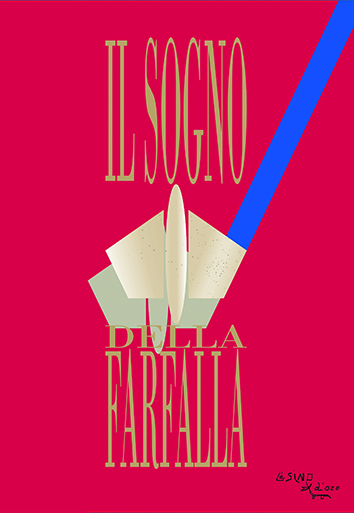«Sanza mia donna non ne voría gire» L’immagine della donna nella letteratura fra Medioevo e Rinascimento
Abstract
This article highlights the passage in Italian literature from the image of the ideal woman of the late Middle Ages (Sicilian School, Dolce Stil Novo) to the image of the dangerous woman that drives men crazy of the 15th century, to then raise the question as to why German literature followed a different course. The hypothesis offered is that the written form of German which was influenced in the first instance by the politics of Charles Magne, by Christianity and therefore by the long predominance of Latin, may have encountered major difficulties in representing an ideal female image necessary in turn for the development of a male identity. This could also explain why it took quite some time for this language to become a literary language.


